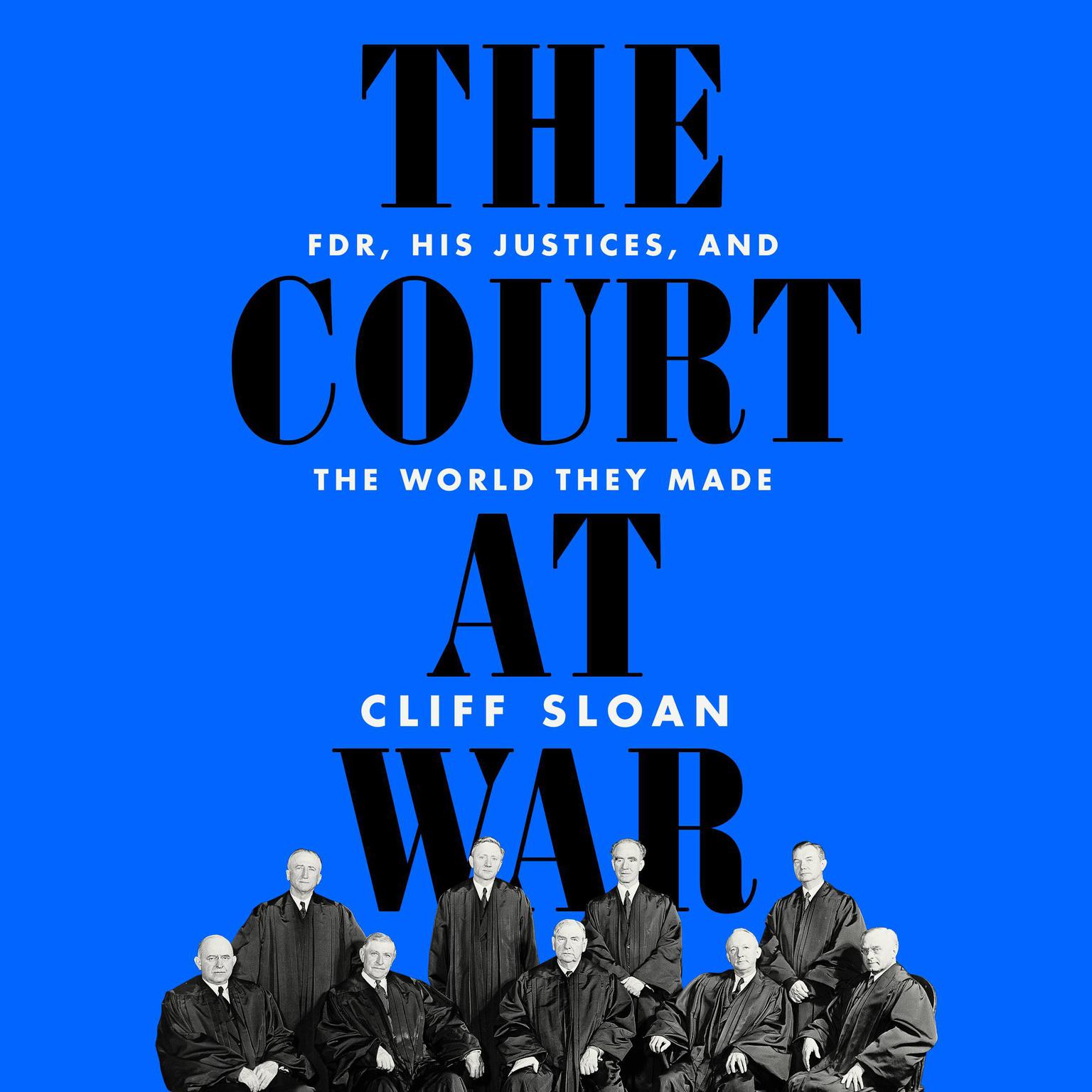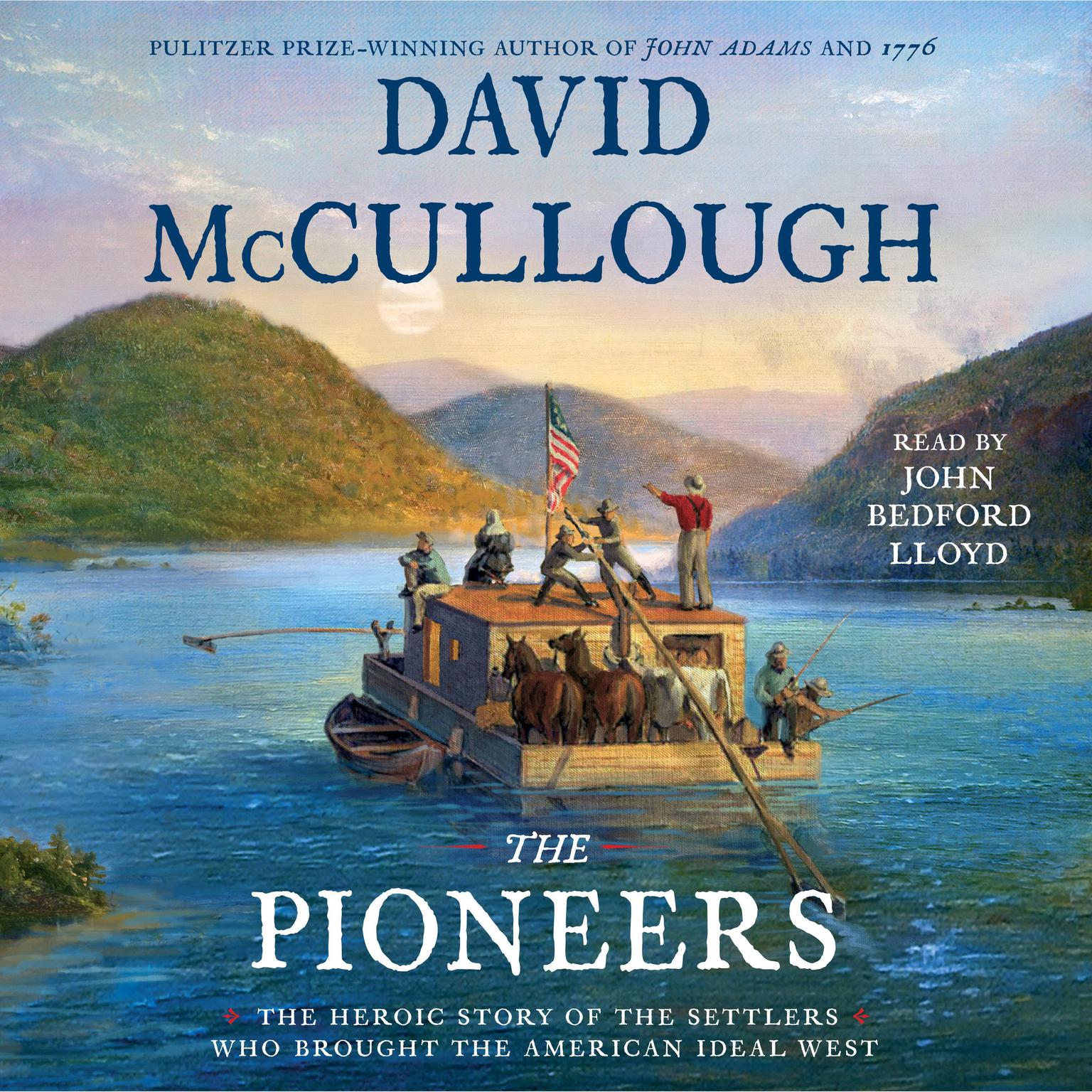Publisher Description
The inside story of how one president forever altered the most powerful legal institution in the country, with consequences that endure today
By the summer of 1941, in the ninth year of his presidency, Franklin Roosevelt had molded his Court. He had appointed seven of the nine justices—the most by any president except George Washington—and handpicked the chief justice.
But the wartime Roosevelt Court had two faces. One was bold and progressive, the other supine and abject, cowed by the charisma of the revered president.
The Court at War explores this pivotal period. It provides a cast of unforgettable characters in the justices—from the mercurial, Vienna-born intellectual Felix Frankfurter to the Alabama populist Hugo Black; from the western prodigy William O. Douglas, FDR’s initial pick to be his running mate in 1944, to Roosevelt’s former attorney general and Nuremberg prosecutor Robert Jackson.
The justices’ shameless capitulation and unwillingness to cross their beloved president highlight the dangers of an unseemly closeness between Supreme Court justices and their political patrons. But the FDR Court’s finest moments also provided a robust defense of individual rights, rights the current Court has put in jeopardy. Sloan’s intimate portrait is a vivid, instructive tale for modern times.
Download and start listening now!
So much has been written about FDR’s battle with the Supreme Court, not enough about the operations of the court he then assembled. With the insight of a lawyer and the craft of a storyteller, Sloan provides a compelling, textured account of the third branch at a pivotal moment in history. The Court at Waris a gripping, behind-the-scenes look at an institution that at times rose heroically to the moment, producing enduring victories for free speech and civil liberties, and at times shamefully succumbed to the perceived needs of a nation at war and the ugly prejudices of the era. At a time when the high court is again in the headlines and under scrutiny, Sloan’s rich portrait of the justices and the president with whom they served—often too closely—offers a timely reminder of the achievements, and imperfections, of a court whose lessons resonate today.
—
Ruth Marcus, Washington Post columnist











